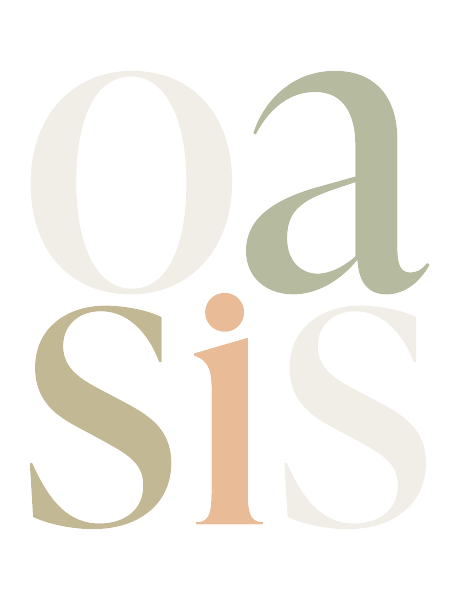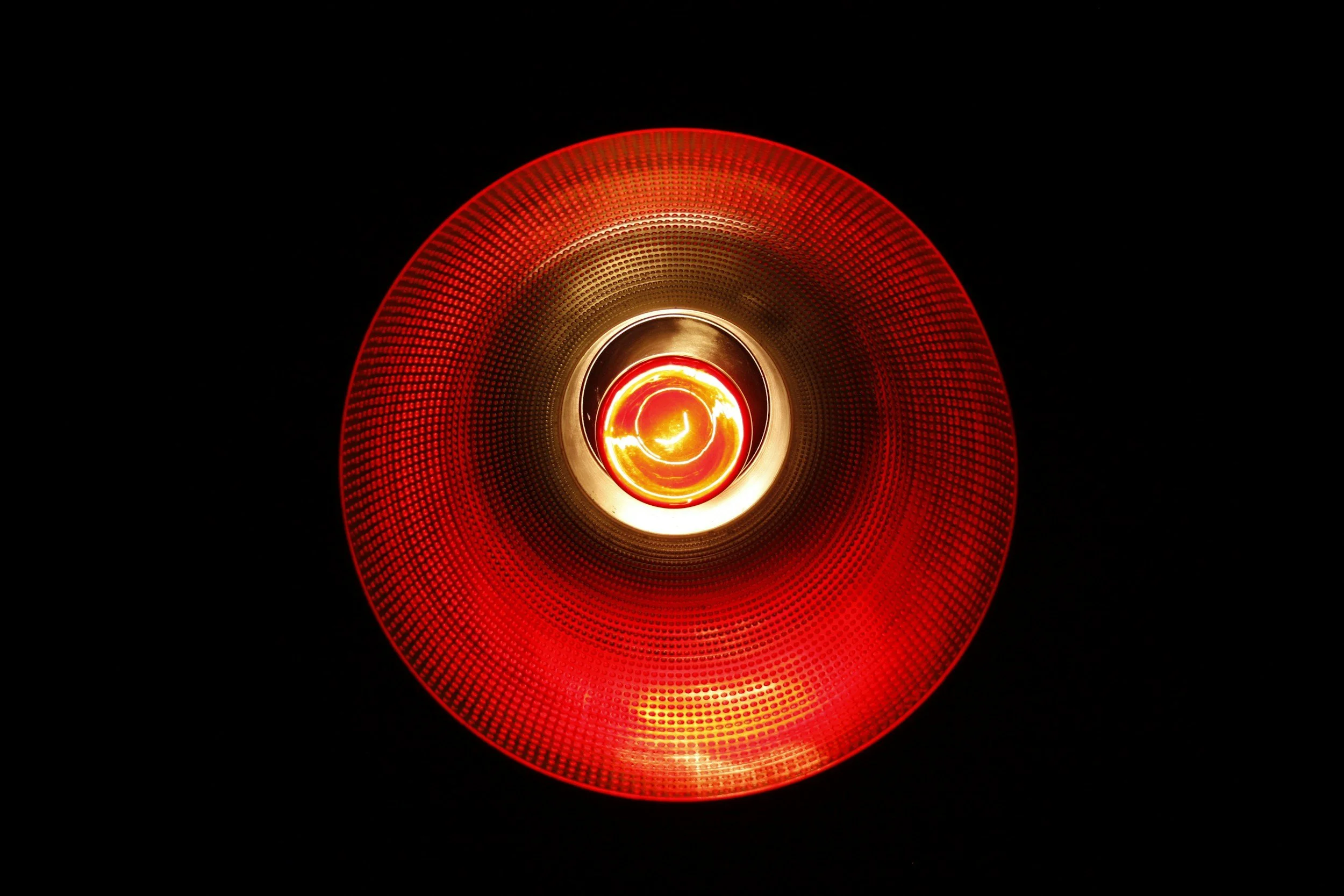What I Learned When I Brought Red Light Therapy Into My Routine
Let me start by saying: I was skeptical.
Another “miracle” wellness tool? Another device I’d feel guilty about not using consistently? I wasn’t looking for more to-do’s, I was looking for added tools.
But when I started learning about red light therapy, something about it felt different and subtle. Rooted in science, but also in energy, literally. Light as therapy. I decided to try it, slowly, with curiosity. And what I found wasn’t magic… it was medicine I could feel.
What is Red Light Therapy?
Red light therapy (also called low-level light therapy or photobiomodulation) involves exposing your skin to specific wavelengths of red or near-infrared light. These wavelengths penetrate your skin and energize your cells… particularly the mitochondria, your body’s energy centers.
When your mitochondria receive this light, it helps them produce more ATP (cellular energy), which supports healing, reduces inflammation, and promotes overall vitality.
It’s not a quick fix, and it’s definitely not a one-size-fits-all solution… but it can be a gentle, accessible addition to your healing routine.
My Experience with Red Light Therapy (As a Skeptic-Turned-Convert)
I started with a small panel device and a very low-pressure mindset. No strict schedule. No “everyday or it’s useless” mentality. Just a 5 minutes in the morning or early evening, holding the light over areas I wanted to support, my face (hello hormonal acne), or my bloated tummy when I was feeling extra inflamed.
Here’s what I noticed after a few consistent weeks:
My skin was clearer and less red
My sleep felt extra deep especially when I used it in the early evening
I felt calmer, especially during winter (when sunlight was low)
My muscles recovered faster after strength training
But more than anything, it became a ritual in the morning, a pause, a moment of connection and meditation. Like sunbathing for my cells and mind.
What the Research Says (and Why It Matters)
Red light therapy is backed by emerging but promising science. According to current studies, RLT may:
Support skin healing and reduce signs of aging (fine lines, scars, inflammation)
Improve mood and reduce symptoms of seasonal affective disorder (SAD) by boosting serotonin and melatonin
Enhance muscle recovery and reduce pain by increasing circulation and reducing oxidative stress
Support deeper sleep by helping regulate circadian rhythms
That said, like most wellness tools, it’s not about doing more… it’s about choosing what resonates with your unique body and lifestyle.
How to Use Red Light Therapy Gently and Intentionally
We don’t need to overcomplicate this. Here’s what helped me…
Choose a quality device: Look for FDA-cleared or clinical-grade brands if possible. You can start with a panel, a handheld wand, or even a red light face mask. Start where you are.
Start small: Begin with 5–10 minutes, a few times a week. You can use it while meditating, journaling, or listening to music. Consistency matters more than intensity.
Be mindful of timing: Using it in the morning can mimic sunrise and support energy. Using it in the evening can help downregulate your nervous system and support sleep. (Just avoid it late at night if you’re sensitive.)
More isn’t always better: Overusing red light can actually create the opposite effect. Think of it like sunshine: it’s powerful in small, intentional doses.
Is this something I really need?
You don’t necessarily need red light therapy—but if you’re in a season where your body feels tired, inflamed, or just a little off, it might be worth exploring. Maybe you’re living somewhere with low sunlight or navigating winter blues. Maybe your sleep’s been unpredictable, or your mood feels a little heavier than usual. If you’re craving a gentle, non-invasive way to support your body’s natural healing rhythm, red light therapy can be a beautiful option. As always, it’s a good idea to check in with your doctor or healthcare provider before introducing any new therapies, especially if you have underlying health conditions or are taking medication.
—————————————————————
Ready to Support Your Body in a More Aligned Way?
Whether or not red light therapy is your thing, healing doesn’t happen through effort. It happens through alignment, rhythm, and support that feels good to your system.
That’s what we focus on in 1:1 holistic coaching—we create space for you to:
Understand your body’s cues
Regulate your energy in ways that feel natural
Explore gentle tools like red light therapy, cycle syncing, nervous system rituals, and more
This isn’t about doing everything. It’s about finding what actually works for you.
👉 Click here to learn more about 1:1 coaching and how we can work together to create routines that feel nourishing, sustainable, and deeply personal.
You don’t have to glow harder. You just have to glow in your own rhythm.

